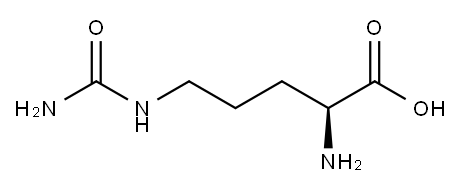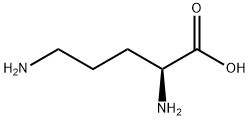
L-Citrulline synthesis
- Product Name:L-Citrulline
- CAS Number:372-75-8
- Molecular formula:C6H13N3O3
- Molecular Weight:175.19

74-79-3
1052 suppliers
$5.00/25g

372-75-8
723 suppliers
$6.00/10g
Yield:372-75-8 91%
Reaction Conditions:
for 46 - 120 h;Product distribution / selectivity;Enzymatic reaction;
Steps:
EXAMPLES The following Examples have been included to illustrate modes of the presently disclosed subject matter. In light of the present disclosure and the general level of skill in the art, those of skill will appreciate that the following Examples are intended to be exemplary only and that numerous changes, modifications, and alterations can be employed without departing from the scope of the presently disclosed subject matter.Trial manufacturing and pilot production of Citrulline API have been performed. Two trial batches have produced in 15 L fermentors that were followed by two pilot scale batches. The trial batches and pilot productions are explained in more detail below. The purification of the crude material process includes endotoxin reduction and crystallization steps.Two batches of IOL each as well as a scaled-up consignment have been produced following the process of fermentation, extraction and refinement. The first batch began with 1 kg of arginine and resulted in the harvest of 9 L of liquor. The liquor was ultra-refined with 5 K membrane to remove endotoxin and yield 504 g of L-Citruline product. The net weight of L-Citrulline recovered from the stock solution is 685 g.The second batch began with 1 kg of arginine and resulted in the harvest of 9 L of liquor. After extraction and endotoxin removal with 10 K ultra-filter, 160 g of good quality L-Citrulline product was obtained. L-Citrulline recovered from the stock solution weighs 963g.A minor alteration in processing conditions was introduced after the first batch. Initially, the fermentation broth was filtered and the resulting mycel was
References:
WO2009/25829,2009,A1 Location in patent:Page/Page column 14-15

70-26-8
216 suppliers
inquiry

372-75-8
723 suppliers
$6.00/10g

74-79-3
1052 suppliers
$5.00/25g

372-75-8
723 suppliers
$6.00/10g

10102-43-9
55 suppliers
$479.00/1Kit



